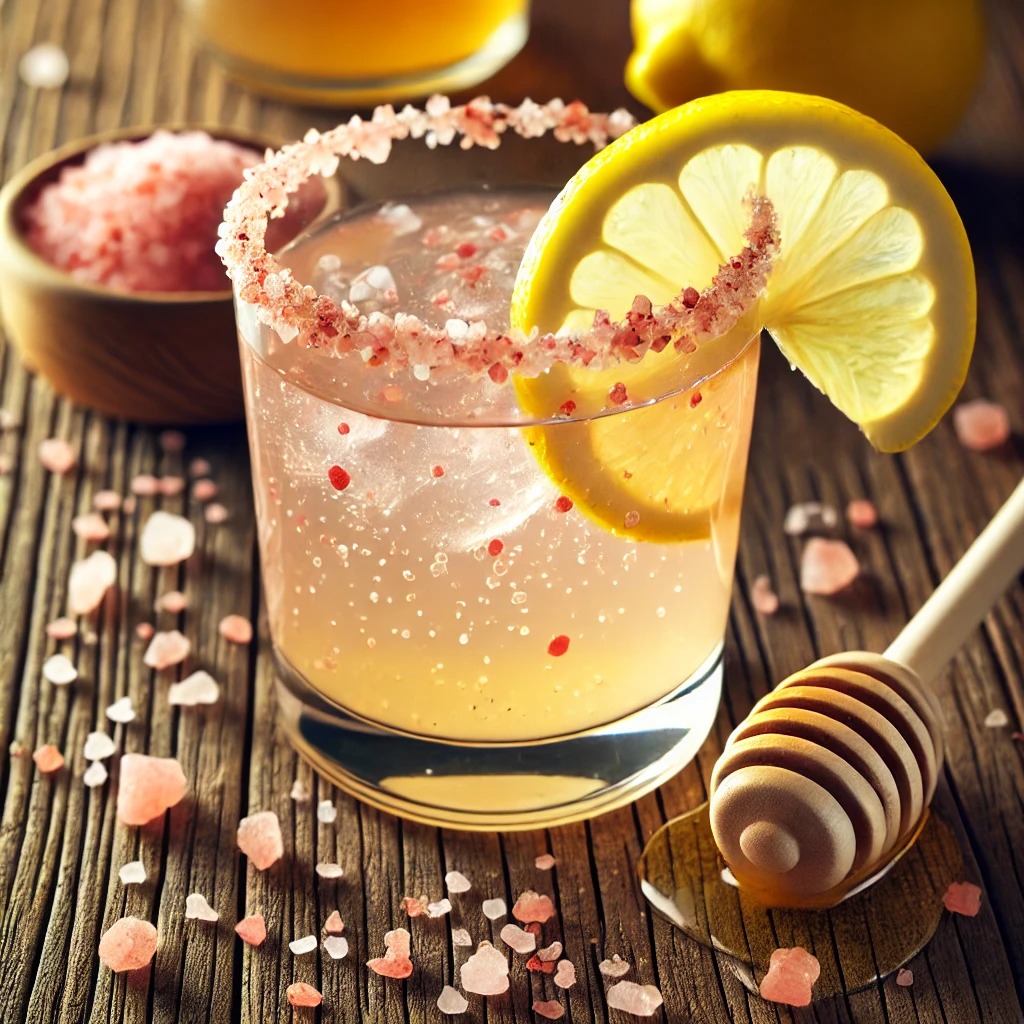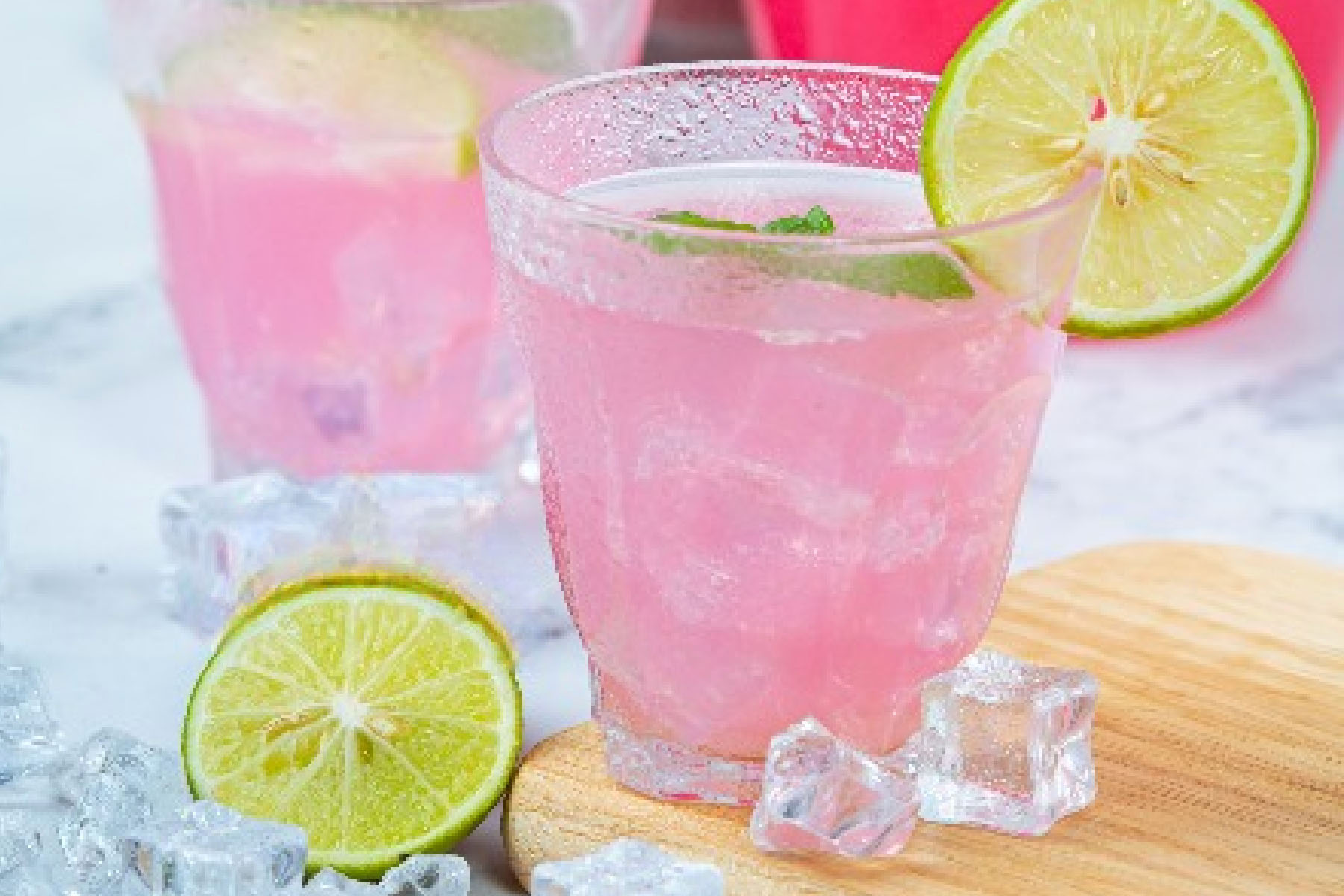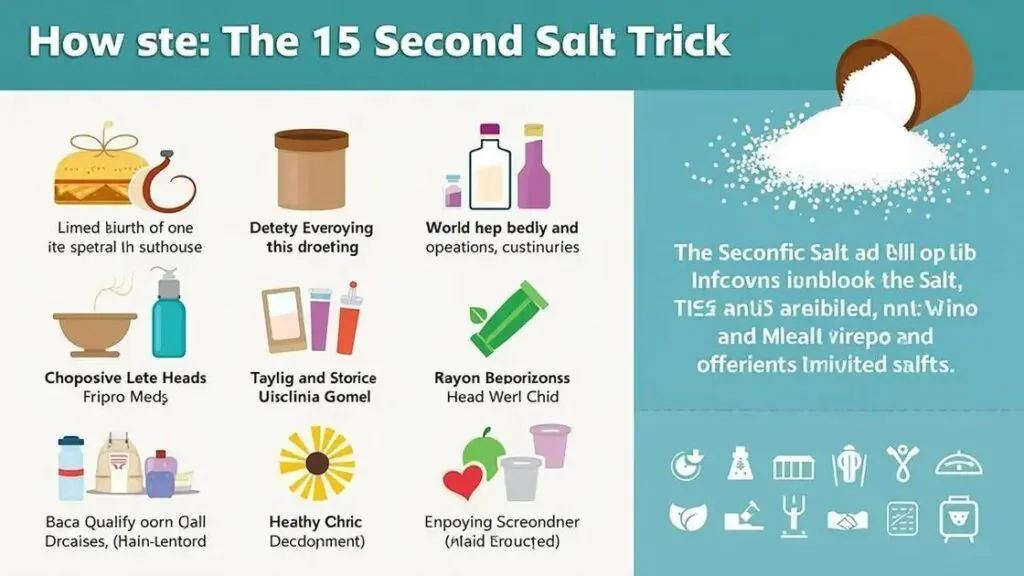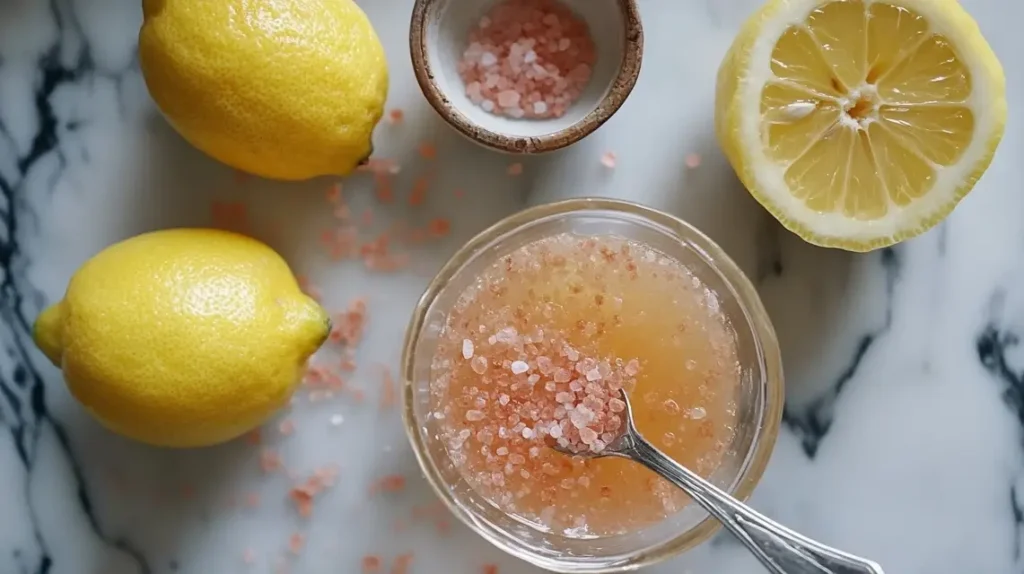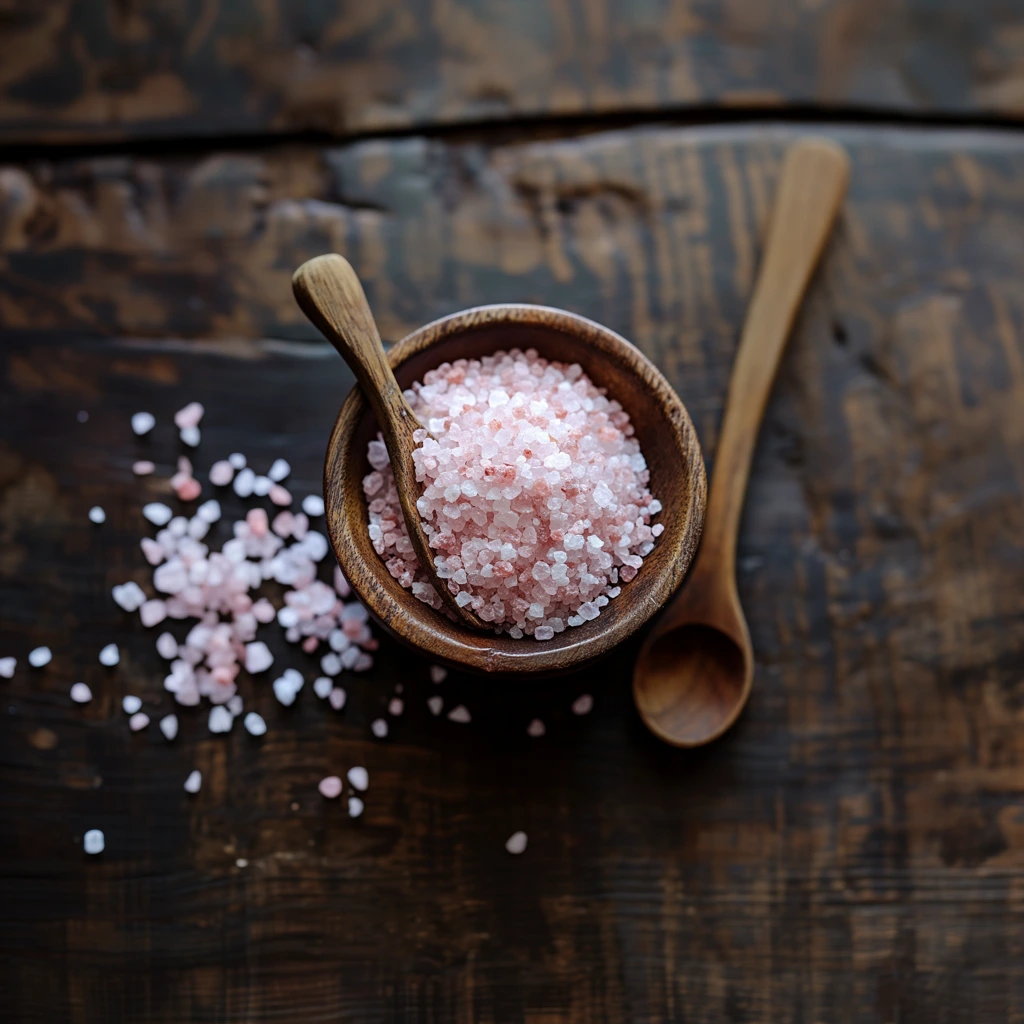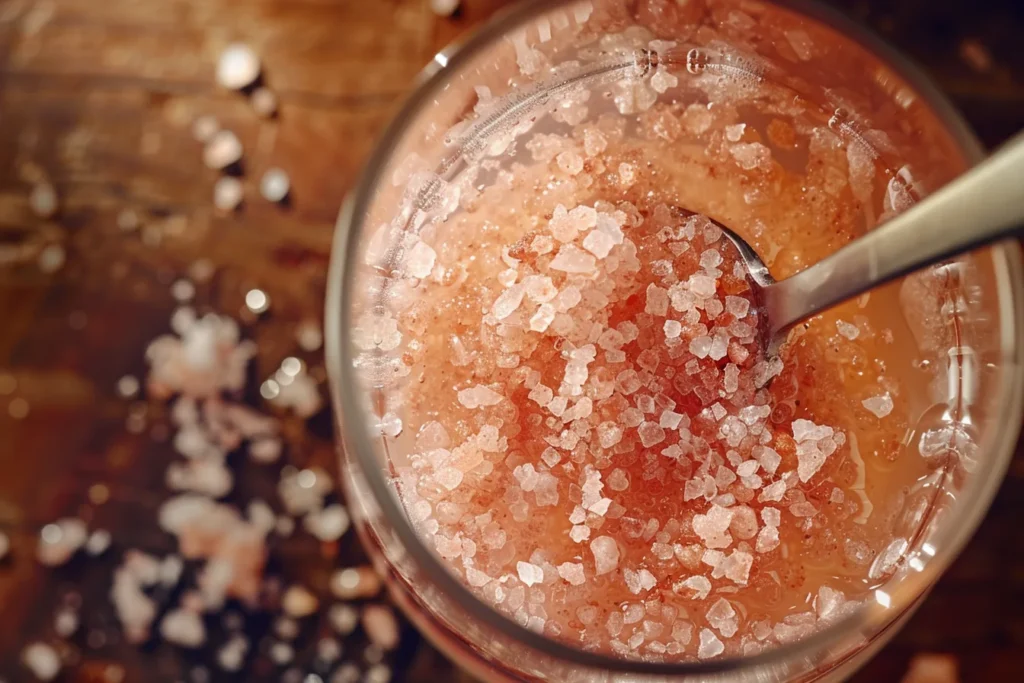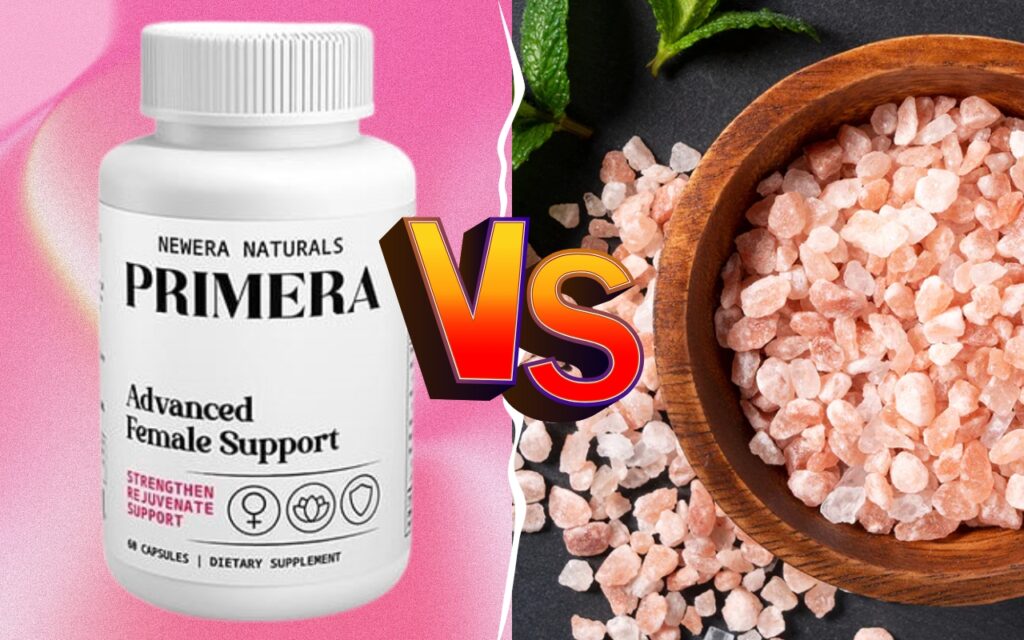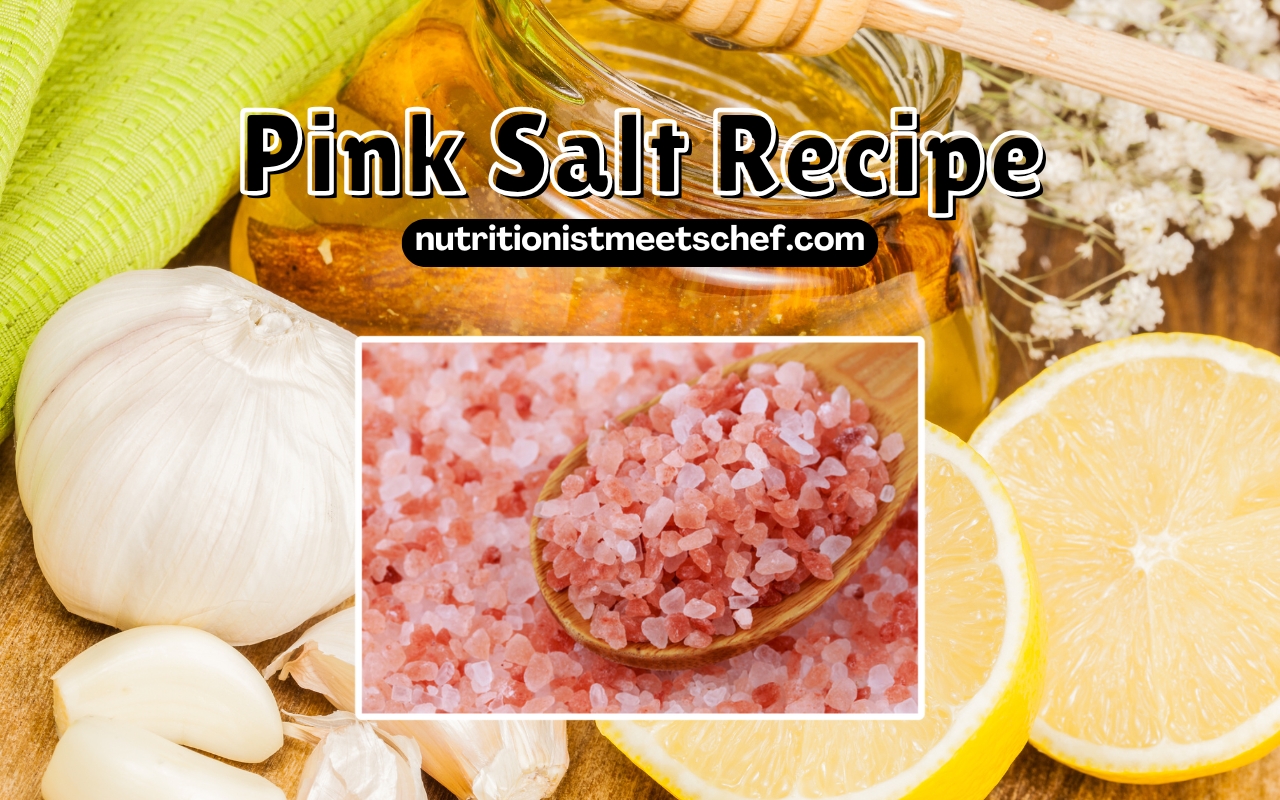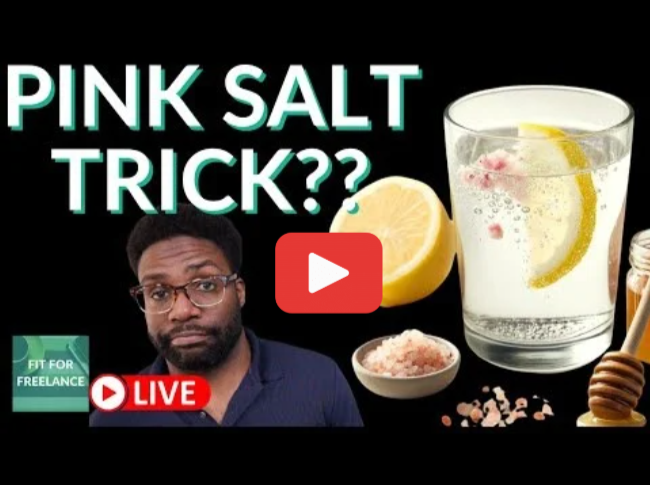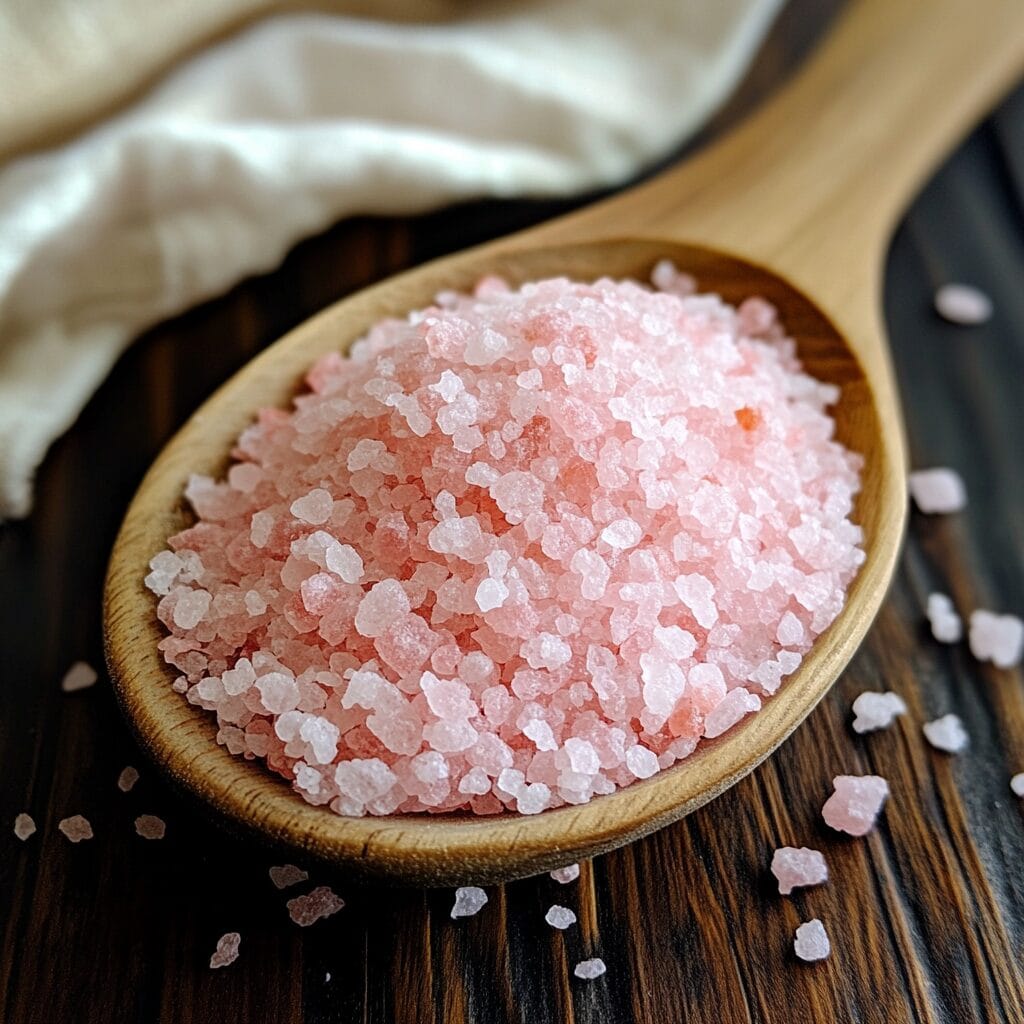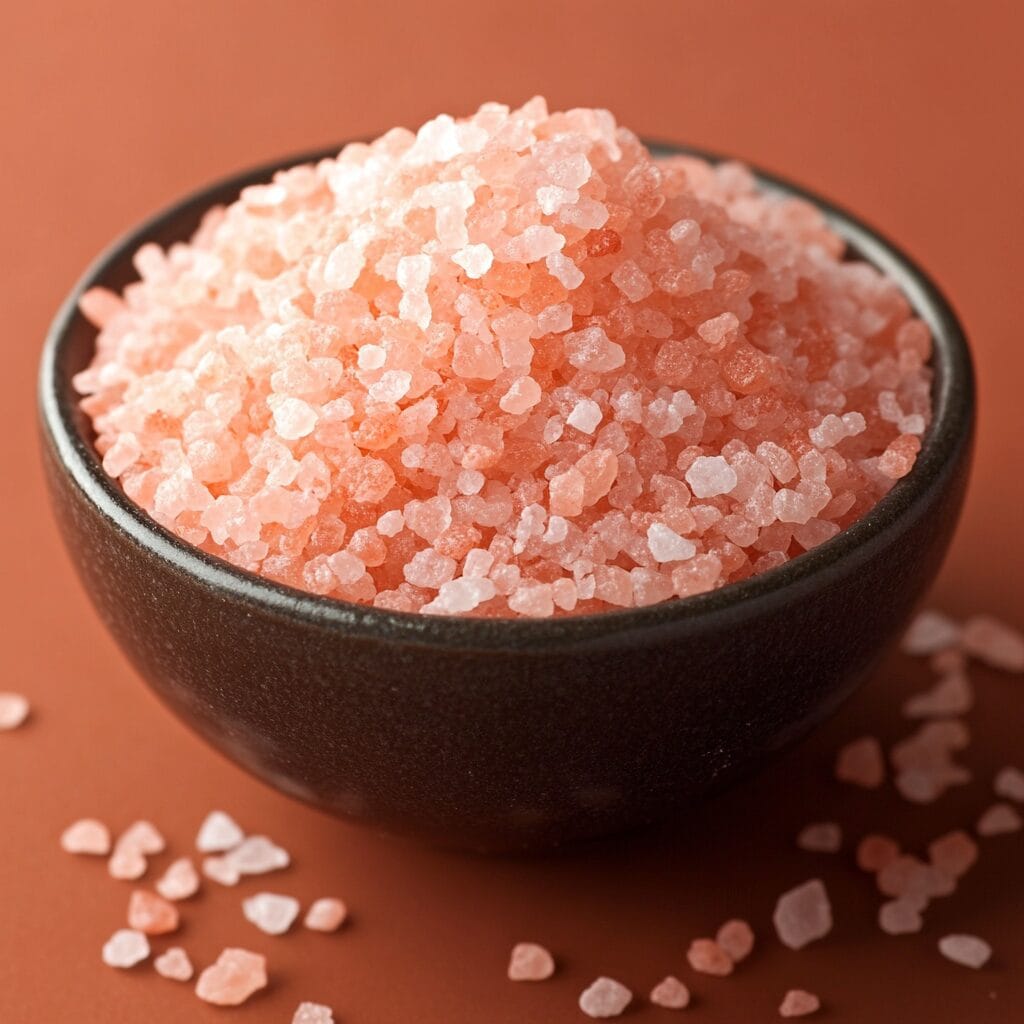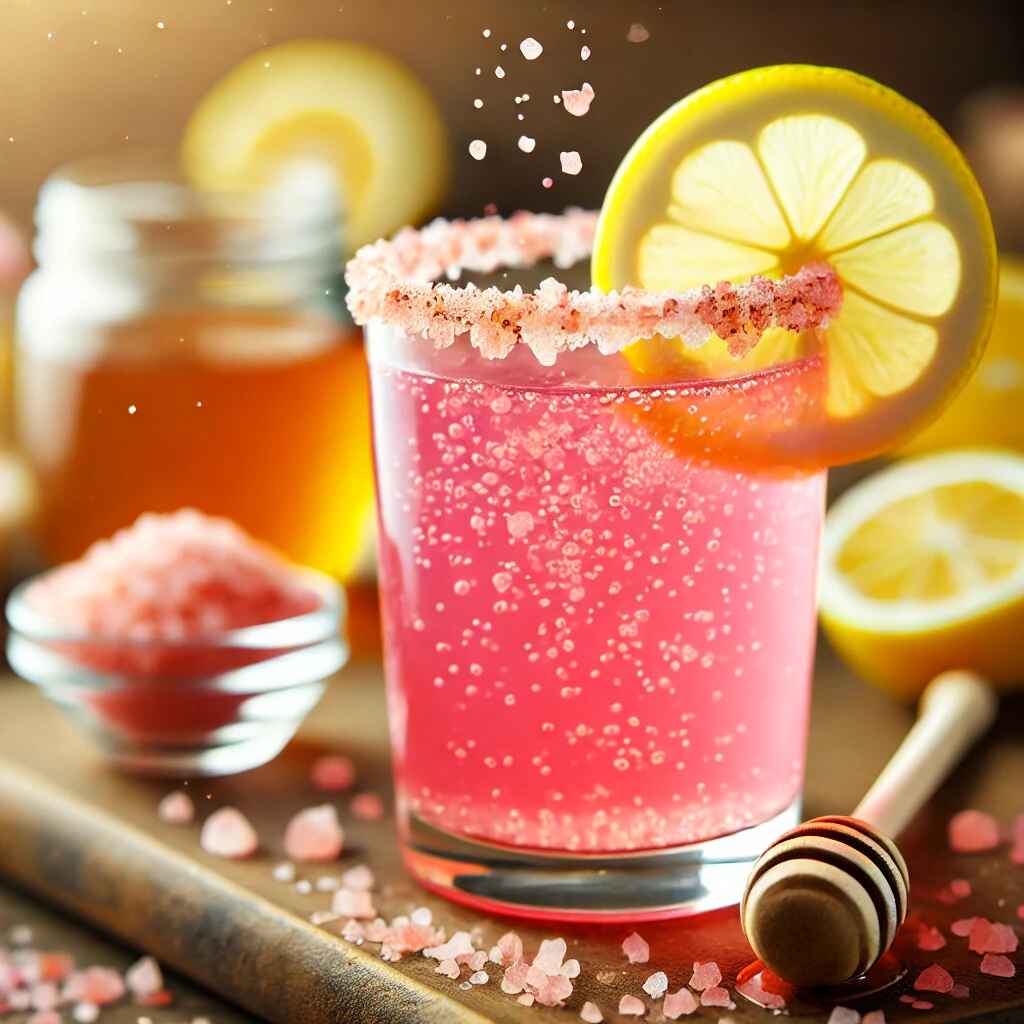What's In The Pink Salt Trick

Imagine strolling through a bustling farmer's market on a sunny Saturday morning. The air is filled with the aroma of freshly baked bread and ripe fruits. Your eyes are drawn to a vendor showcasing an array of salts, from coarse sea salt to delicate flakes, but one stands out: a vibrant, rosy-hued salt promising a wealth of health benefits and a unique flavor profile.
This is the allure of pink salt, often marketed as a healthier and more flavorful alternative to regular table salt. But is it truly a nutritional powerhouse, or is the "pink salt trick" simply clever marketing?
The rise in popularity of pink salt, particularly Himalayan pink salt, has been remarkable in recent years. Consumers are increasingly seeking natural and unprocessed foods, driving the demand for alternatives to traditional table salt.
The Origins of Pink Salt
Himalayan pink salt is primarily mined from the Khewra Salt Mine in Pakistan, one of the oldest and largest salt mines in the world. This region was once covered by an ancient sea that evaporated millions of years ago, leaving behind vast deposits of salt.
Over time, geological forces compressed these deposits, infusing them with trace minerals that give the salt its characteristic pink hue. These minerals are often touted as the key to pink salt's supposed health benefits.
What Makes Pink Salt Pink?
The pink color is attributed to the presence of minerals like iron oxide (rust), as well as trace amounts of other minerals like potassium, magnesium, and calcium. While these minerals are present, it's crucial to understand their concentrations.
Dr. Jane Smith, a registered dietitian, explains, "The amount of these minerals in pink salt is often so small that it wouldn't significantly impact your daily nutrient intake. You'd have to consume an unrealistic amount of salt to get a substantial dose of these minerals."
Nutritional Claims vs. Reality
Proponents of pink salt often claim it offers numerous health benefits, including improved hydration, electrolyte balance, and even blood sugar regulation. However, scientific evidence supporting these claims is limited.
One of the most common assertions is that pink salt contains significantly more minerals than table salt. While it does contain trace minerals, the quantities are often negligible.
A study published in the Journal of Food Science compared the mineral content of Himalayan pink salt to regular table salt and found that while pink salt had a slightly higher mineral concentration, the difference was minimal and not nutritionally significant.
Sodium Content: A Crucial Consideration
It's important to remember that both pink salt and table salt are primarily composed of sodium chloride. Excessive sodium intake is linked to high blood pressure and an increased risk of heart disease.
The American Heart Association recommends limiting sodium intake to no more than 2,300 milligrams per day for most adults, and ideally no more than 1,500 milligrams per day for those with high blood pressure. Regardless of the type of salt you choose, moderation is key.
"People often assume that because it's 'natural,' pink salt is inherently healthier, but the sodium content is still the primary concern," says Dr. Michael Brown, a cardiologist. "It's crucial to be mindful of overall sodium intake, regardless of the source."
Flavor and Culinary Uses
While the nutritional benefits of pink salt may be overstated, it does offer a unique flavor profile that some people prefer. Many chefs and home cooks appreciate its slightly bolder, more complex taste compared to regular table salt.
The larger crystals of some pink salts also provide a satisfying crunch when used as a finishing salt on dishes. This textural element can enhance the overall dining experience.
Pink salt is often used in a variety of culinary applications, from seasoning meats and vegetables to adding a touch of elegance to desserts. Its distinctive color also makes it visually appealing.
Marketing and Perception
The "pink salt trick" arguably lies in the clever marketing that surrounds it. By emphasizing its natural origins and trace mineral content, companies have successfully positioned it as a premium product with superior health benefits.
The attractive pink hue also contributes to its appeal, creating a perception of purity and naturalness. Consumers are often willing to pay a premium for products that they perceive as healthier and more aesthetically pleasing.
However, it's crucial to approach these marketing claims with a critical eye and to rely on evidence-based information rather than hype.
Making Informed Choices
Ultimately, the choice between pink salt and regular table salt comes down to personal preference and informed decision-making. If you enjoy the flavor and texture of pink salt, and you're mindful of your overall sodium intake, there's no harm in using it.
However, it's important to remember that it's not a magical health elixir. Focus on consuming a balanced diet rich in fruits, vegetables, and whole grains to obtain the essential nutrients your body needs.
Consider consulting with a registered dietitian or healthcare professional for personalized advice on dietary choices, particularly if you have concerns about sodium intake or specific health conditions.
According to the World Health Organization (WHO), reducing sodium intake is a crucial public health strategy to prevent cardiovascular diseases. This applies regardless of the type of salt consumed.
A Grain of Truth, A Pinch of Perception
The "pink salt trick" isn't necessarily a deliberate deception, but rather a savvy marketing strategy that capitalizes on the growing consumer interest in natural and unprocessed foods. While pink salt does contain trace minerals and offers a unique flavor, its nutritional benefits are often exaggerated.
The key takeaway is to be an informed consumer. Enjoy the taste and texture of pink salt if you prefer, but don't rely on it as a primary source of essential nutrients. Focus on a balanced diet and mindful sodium consumption for optimal health.
As you continue your journey through the vibrant world of food and nutrition, remember that a healthy dose of skepticism, combined with a passion for knowledge, will always be your best guide.
